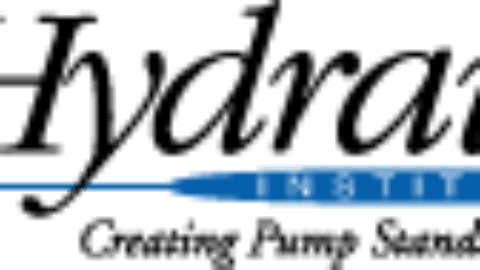By Alan Rowan, PIA Life Member
Pump Industry Australia has released updated versions of its two handbooks which are specifically designed for the Australian Pump Industry; the Australian Pump Technical Handbook and the Australian Pipe Friction Handbook.
These publications assist those who work in and are associated with the pump industry such as manufacturers, distributors, educators, designers, operators and users. The handbooks are designed to be easy to follow with a minimum of technical expertise and are handy reference volumes for those working in or associated with the pumping industry. It is PIA’s constant aim to ensure that these publications comply with the very latest pumping practice and standards as a result we have just completed a major review and upgrade of both publications.
Pipe Friction Handbook
The fourth edition of the Pipe Friction Handbook is now available and has been thoroughly reviewed and updated to conform to the latest Australian Standards. The friction losses relative to each pipe type and its sizes are covered in the friction tables. It is designed to allow the reader to readily calculate the friction losses in a pump system using the most commonly used pipes and fittings.
The new edition maintains the same format as previous editions with the main changes involving the tables for Polyethylene and ABS pipes.
In the case of the polyethylene pipes the Australian Standard has been upgraded and expanded to cover up 2000mm N.B. pipes in some pressure ratings. Friction tables for all the additional pipes sizes have been calculated and included in the new edition.
Since the third edition the polyethylene pipe manufacturers have rationalized the materials in which this type of pipe is made. Until 4 or 5 years ago all polyethylene pipe was available as standard in PE80 and PE100 material, it is now only available in PE100. For the handbook, this means that we can dispense with the SDR numbers on each table and replace them with the PN pressure rating for each class of pipe making this table much simpler to use.
For ABS pipes, the current Australian Standard requires this type of pipe to be made in four material grades and 26 sizes. The previous edition only covered one material grade and a limited number of sizes. Further investigation revealed that there was only one ABS pipe maker in Australia while there were several importers of pipe. The importers preferring British or European standard pipe neither of which has the same dimensions as the Australian Standard Pipe. On this basis it was decided to withdraw ABS pipe from the handbook.
In addition to the changes to the polyethylene and ABS pipe tables the remainder of the book was completely reviewed and updated to bring it into line with the latest friction calculation requirements.
Pump Technical Handbook
The fifth edition of the Pump Technical Handbook has undergone a major review and update including 4 new chapters.
The 4 new chapters are:
Application & Selection of Positive Displacement Pumps
This chapter comprehensively discusses the operation, selection and application of the major types of positive displacement pumps supported by diagrams, drawings and curves and will give the reader a more detailed knowledge of these pumps.
Efficient Operation of Pump Systems
In this chapter, the requirements that are needed to make a pumping system operate at its most efficient are discussed, The chapter is fully illustrated with charts and is designed to give specifying engineers, system designers and system owners an overview of an efficient pump system.
Sewage Pumps Stations
This chapter discusses the basic requirements both from the engineering and occupational health point of view of the different types of sewage pump stations allowing owners, operators and designers to understand the basics of sewage pump stations.
Pump Troubleshooting
Centrifugal, rotary and reciprocating pump troubleshooting is covered in this chapter using lists of faults cross referred to the possible causes of these faults. This will be useful to pump owners and operators in diagnosing why a pump is not working correctly from the symptoms it is displaying.
As well as the new chapters the remainder of the book has been reviewed and upgraded to ensure that the handbook meets today’s industry needs. All chapters have some changes which includes the modernisation of illustrations. However, a number of the chapters have had a more comprehensive upgrade as follows.
The chapter titled “Principles, Application & Selection of Positive Displacement Pumps” in the fourth edition has been split in two with this chapter changing to the “Characteristics of Positive Displacement Pumps” and the remainder becoming the new and far more comprehensive “Application & Selection of Positive Displacement Pumps”.
The slurry pump chapter has been added to with an introduction, more detail on slurry pump sealing and an expand section on positive displacement slurry pumps.
The chapter on pump materials has had little work done to it since the first edition, as a result we have reformatted the chapter and bring it up to date with the very latest on pump material requirements.
The intake design chapter has also been upgrade to the latest intake design needs including the addition of a section on circular sumps for liquids with and without entrained solids, trench type intake design and suction manifold design.
Summary
These new editions complement each other to form the ideal tool for anyone working in or associated with the pump industry and provide an excellent learning tool for those embarking on a career in the pump industry.
The Australian Pump Technical and Pipe Friction Handbooks can be purchased from Pump Industry Australia Inc., via the PIA website.















